D. Select the Tool
Over time, exposure to awkward postures or harmful contact pressures can contribute to an injury. You can reduce your risk of injury if you select hand tools that fit your hand and the job you are doing.
Tips for Selecting Hand Tools
Tools used for power require high force. Tools used for precision or accuracy require low force.
- For single-handle tools used for power tasks: Select a tool that feels comfortable with a handle diameter in the range of
1¼ inches to 2 inches. You can increase the diameter by adding a sleeve to the handle.
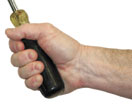
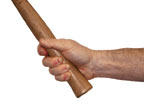
Tools with sleeve
- For single-handle tools used for precision tasks: Select a tool with a handle diameter of 1/4 inch to 1/2 inch.
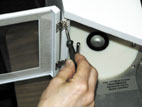
- For double-handle tools (plier-like) used for power tasks: Select a tool with a grip span that is at least 2 inches
when fully closed and no more than 3½ inches when fully open. When continuous force is required, consider using
a clamp, a grip, or locking pliers.
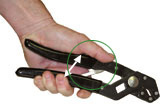
Closed grip span 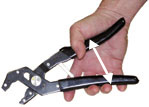
Open grip span
- For double-handle tools (plier-like) used for precision tasks: Select a tool with a grip span that is not less than 1 inch
when fully closed and no more than 3 inches when fully open.
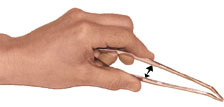
Closed grip span 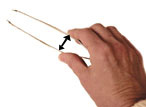
Open grip span
- For double-handled pinching, gripping, or cutting tools: Select a tool with handles that are spring-loaded
to return the handles to the open position.

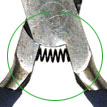

- Select a tool without sharp edges or finger grooves on the handle.
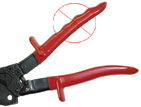

- Select a tool that is coated with soft material. Adding a sleeve to the tool handle pads the surface but
also increases the diameter or the grip span of the handle (see 1, 2, 3, or 4 above).
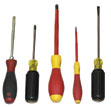
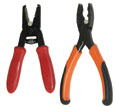

- Select a tool with an angle that allows you to work with a straight wrist.
Tools with bent handles are better than those with straight handles when the force is applied horizontally (in the same direction as your straight forearm and wrist).
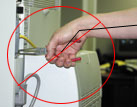
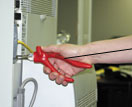
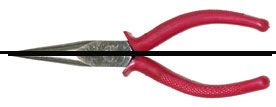
Straight Handle 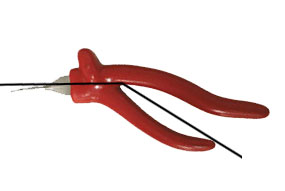
Bent Handle
Tools with straight handles are better than those with bent handles when the force is applied vertically.
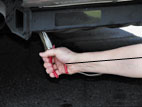
Straight Handle 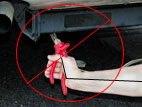
Bent Handle
- Select a tool that can be used with your dominant hand or with either hand.

Left Hand 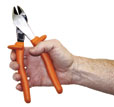
Right Hand
- For tasks requiring high force: Select a tool with a handle length longer than the widest part of your hand – usually 4 inches to 6 inches.
Prevent contact pressure by making sure the end of the handle does not press on the nerves and blood vessels in the palm of your hand:



If the handle is too short, the end will press against the palm of your hand and may cause an injury:
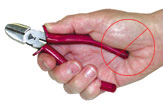
- Select a tool that has a non-slip surface for a better grip. Adding a sleeve to the tool improves the surface texture of the handle.
To prevent tool slippage within the sleeve, make sure that the sleeve fits snugly during use.


Remember: A sleeve always increases the diameter or the grip span of the handle (see 1, 2, 3, or 4 above).

